TechRadar Verdict
The ZenFone Max Plus M1 has a slick, premium design while making sacrifices in the camera and biometrics. But at its price, it’s a definite contender.
Pros
- +
Design of a phone twice its price
- +
Big, bright screen
- +
Low price
Cons
- -
Tedious biometric unlocking
- -
Concerning heat issues
- -
Noticeable performance hitches
Why you can trust TechRadar
The Asus ZenFone Max Plus M1 is a budget smartphone wearing a premium flagship phone’s skin. It has a smooth metal chassis and rounded 2.5D glass over a display that fills most of the phone’s front side. Without CDMA support, it unfortunately can’t connect to Sprint or Verizon, but it will work for just about anyone else, since it’s compatible with AT&T, T-Mobile and any other carriers using GSM networks.
For an unlocked model with 3GB of RAM and 32GB of storage, Asus is only charging $229, which puts it well into the low-cost tier of smartphones, where it will compete with Motorola’s Moto G5S Plus, the upcoming Moto G6 and the others in our list of the best cheap phones.
At first glance, the ZenFone Max Plus M1 looks like it might be worth it, with its design, big display, facial recognition and dual-lens camera, but not everything is as great as it sounds.
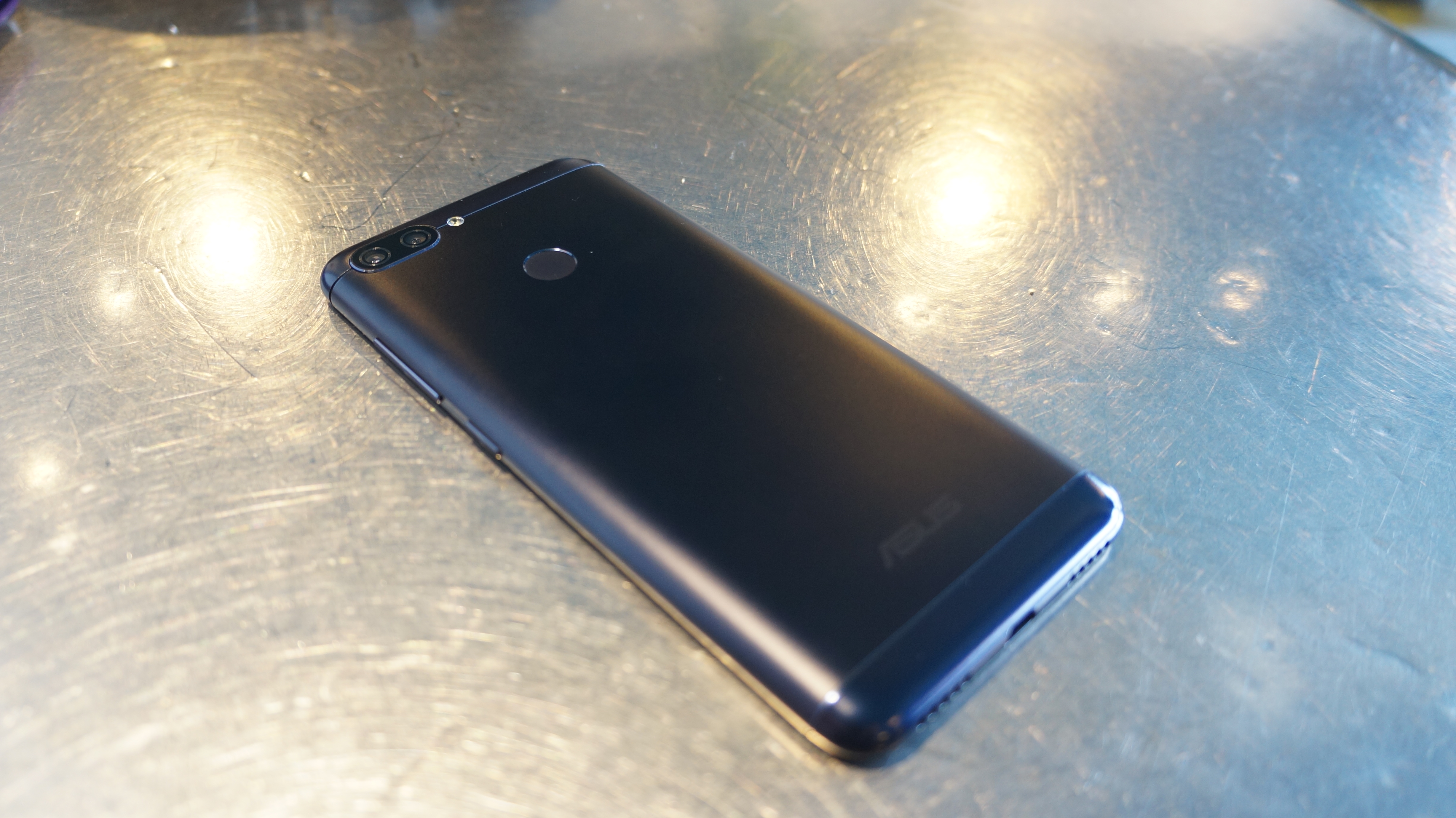
Design
From the get-go, the ZenFone Max Plus M1 comes across as a much more premium device than its price would suggest. It has the elegant build of a flagship smartphone. The back is a smooth aluminum, with shiny antenna bands recessed at the top and bottom. The power button and volume rocker on the right side are also metal. Dual-cameras grace the back, and a fingerprint scanner is situated on its the middle, similar to the Google Pixel 2.
The front of the phone is largely filled with the screen, which measures 5.7 inches at a resolution of 2,160 x 1,080 and accounts for an 80% screen-to-body ratio. If the ZenFone Max Plus M1 had managed to go truly bezelless, it would be easy to confuse for a top-tier phone.
Unfortunately, that display isn’t OLED, so the picture isn’t always as good as it could be, especially while viewing videos that don’t fill up the 18:9 aspect ratio, as the black bars on either side of the image let a little light bleed through. Video can stretch to fit the screen, but in our opinion, the stretching looks even worse than the black bars.
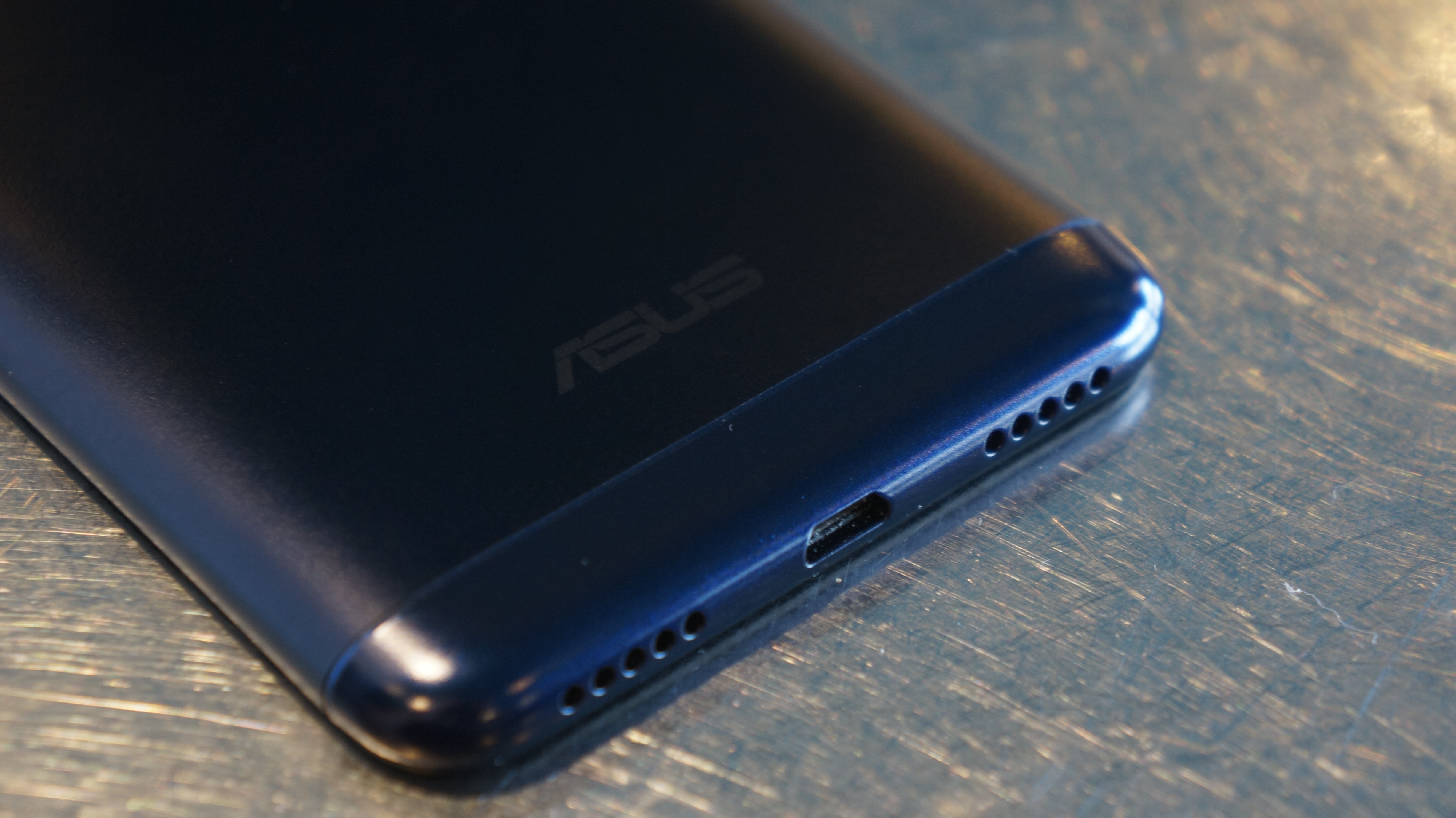
It feels nice in the hand as well, though that smoothness comes with the risk of dropping the device, especially while wearing gloves. The now-antiquated micro USB port at the bottom and perhaps the small image sensors are the only visual hints that this isn’t a more premium device.
Still, there are more positives to the design than negatives. A dual-SIM card slot offers support for multiple network connections, and the tray also includes a microSD card slot for up to 256GB of extra storage.
The ZenFone Max Plus M1 stays lean, measuring 152.6 x 73 x 8.8mm and weighing 160 grams. It’s very pocket-friendly, unless it becomes warm during use, but we’ll get into that shortly.
It’s a bit disappointing that no ingress protection rating is offered on this phone. Speaking more to its durability, we heard creaking while giving it a bit of flex, and Asus doesn’t say anything about the screen strength, so the functional structure of this phone is a bit dubious, even if the aesthetic structure is lovely.
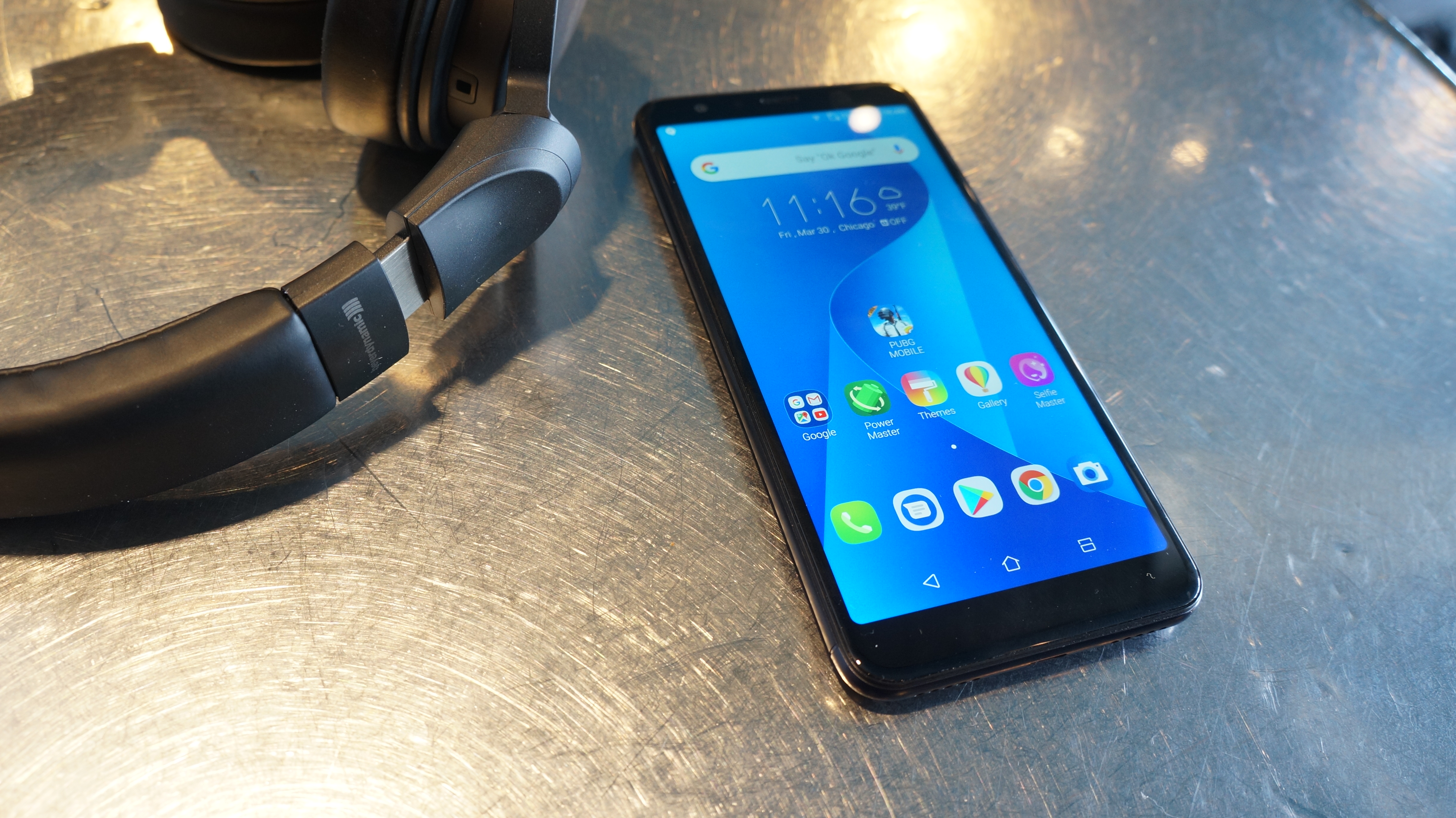
Features and performance
Asus seems to be a bit shifty about disclosing the MediaTek chipset powering the ZenFone Max Plus M1. MediaTek doesn’t have the reputation that Qualcomm has with the Snapdragon chipset powering so many smartphones.
In the phone’s settings, the CPU details simply say, 1.5GHz,” and on the tech specs page for the device, Asus just lists, “Octa-core Processor.” But, the ZenFone Max Plus M1 is powered by an 8-core MediaTek MT6750T processor with 4 cores at 1.5GHz and 4 cores at 1.0GHz. That was paired with 3GB in the model we tested. The device runs Android 7.0 Nougat with Asus’s ZenUI, which is generally nice, though maybe a tad too cutesy for some and pre-loaded with a few more apps than is necessary.
We were impressed by the fluidity of most applications, since we had expected more performance tradeoffs to balance the nice design and screen. Doing one thing at a time is more or less perfectly smooth. Switching between multiple apps quickly does see the phone stumble a bit, but never to the point of being dreadful.
Gaming performance isn’t stunning, but that’s to be expected at this point. Booting up PUBG Mobile, the game automatically picked the lowest settings, and even then there were some hiccups during gameplay. Nonetheless, we managed to play through a full game and land second place with 13 kills. Not bad if we say so. The ZenFone Max Plus M1 may hold back on the quality aspect of performance, but it won’t slow you down terribly.
Video playback is smooth, whether it’s streamed or played locally, and the screen gets plenty bright when needed. The 4,130mAh battery does a good job of supporting video as well. In our 90-minute, 1080p video playback test, the phone drained from 100% to 83%. That was with Bluetooth, Wi-Fi and mobile network on the screen set to full brightness. With a few settings dialed down, like adaptive brightness, the ZenFone Max Plus M1 can keep you watching all day. Using this phone for two days without recharging isn’t out of the question, but don’t expect to do so while using it heavily both days.
With such a big battery, Asus even includes a special dongle so you can plug another phone in and use the ZenFone Max Plus M1 as a battery bank. We tested it with our OnePlus 5, and it charged it, but slowly.
While you can spend a long time watching videos on the ZenFone Max Plus M1, you’ll want headphones, because at high volumes the single speaker gets crackly (yes, despite having two grilles at the bottom, there is only one speaker).

Images taken with Asus ZenFone Max Plus M1





The dual-cameras on the back are interesting. The main 16MP shooter is decent, capturing color well in well-lit environments, but fine detail is more miss than hit, and low-light performance is poor, despite its f/2.0 aperture. The secondary camera has a nice 120-degree field of view, but the default setting is to shoot in 18:9 at 5MP, which was glaringly low resolution. It can bump up to 8MP, which is fine when you just want to get everything into one shot.
Even at its best, the camera software is a tad annoying. We went into settings multiple times, and changed them, then went back to the camera only to find that the settings had immediately reverted themselves. Asus’s product page says the front-facing camera is 16MP, but we couldn’t get it to shoot above 8MP, unless we activate the wonky selfie-panorama or SuperResolution modes. Fans of Japanese photo booths may enjoy the Beauty Mode, but the ZenFone Max Plus M1 has sadly lost a lot of the fun filters that were available on the ZenFone V. And, Asus’s advertised “Instant camera switching” takes more like a second.
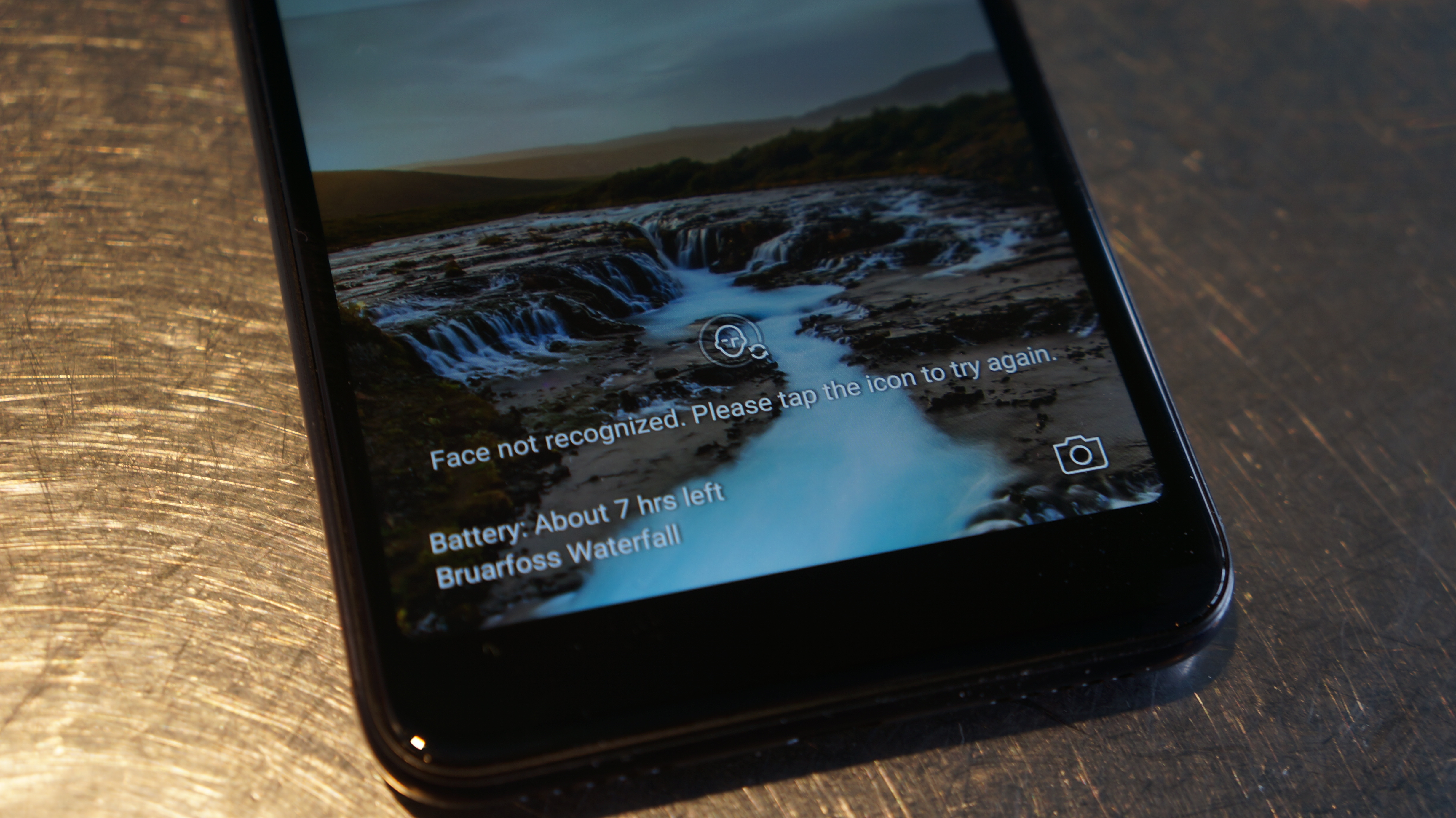
More tedious than the camera switching is the biometrics. The fingerprint scanner often fails to recognize our finger enough times in a row that we’re forced to use a standard unlock pattern. The ZenFone Max Plus M1 also features facial recognition, but the lock screen doesn’t show you what the camera sees, so it’s hard to be sure you’ve got the camera lined up. And, even if the camera seems perfectly lined up, the recognition fails more times than not.
Perhaps the most concerning issue was that the phone often got very warm during our testing. Even if it was just hanging out in our pocket, we could feel it getting a bit toasty. The included PowerMaster app displays the phone’s temperature, and on several occasions the phone was above 90 degrees while we weren’t even running anything.
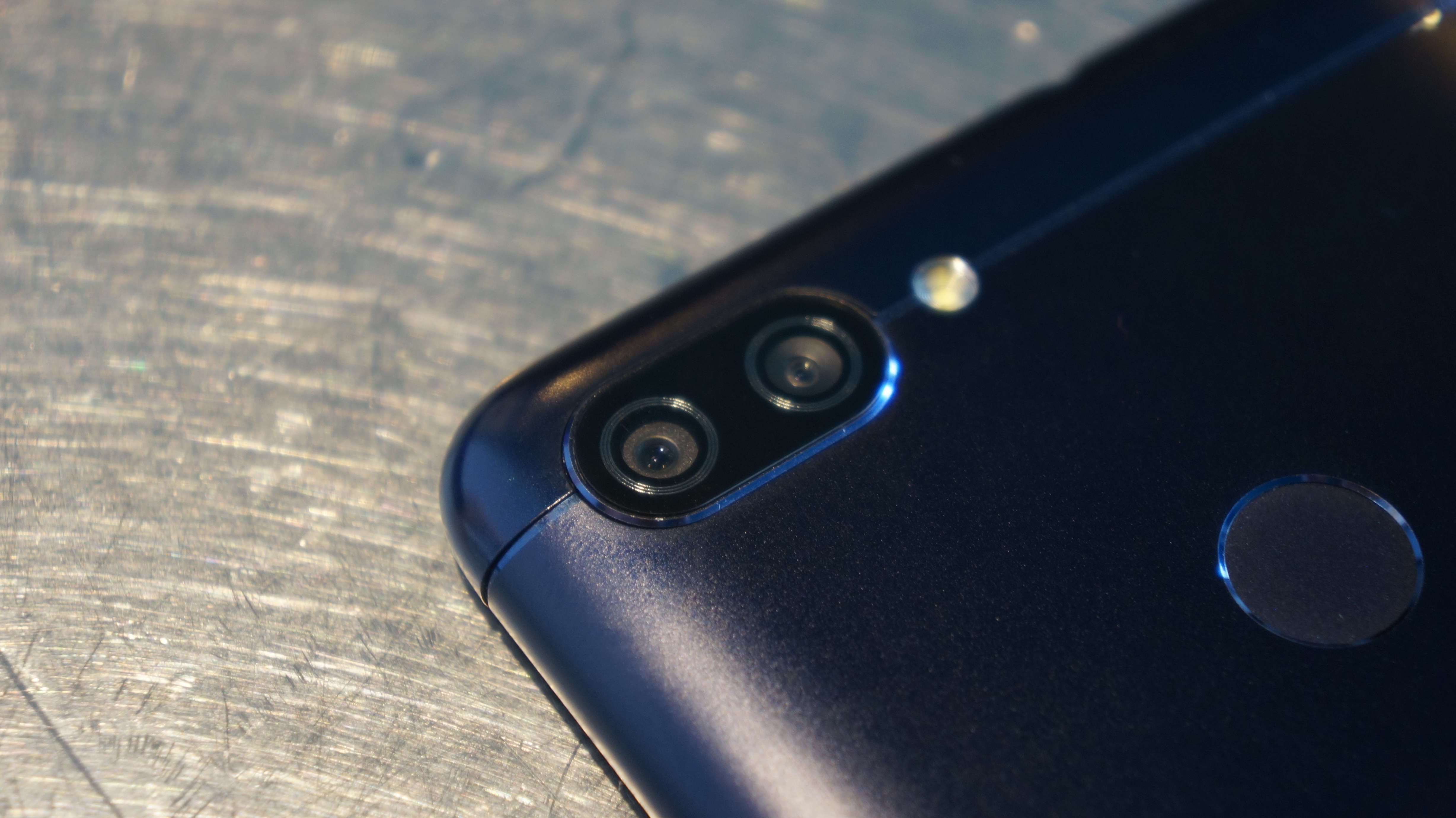
Verdict
The ZenFone Max Plus M1 does a decent job of balancing features, performance and design on a budget. It has the looks and feel of a flagship phone, even if it lacks the breakneck performance of one.
Unfortunately, in its effort to masquerade as a high-end phone, it forgot about some essentials to allow it to better compete in the mid-range market.. The 18:9 IPS display is nice, but would have been better as a standard 16:9 OLED display. The premium aluminum build would have been better if it had any kind of waterproofing, and it still feels breakable. Heat is also a big concern.
Still, for the right customer, this is a nice pick. At such a low cost, it’s a well-performing, sharp looking smartphone that can easily get through the day on its massive battery. It’s just a shame Asus’s superior ZenFone V is still tied exclusively to Verizon. For anyone that can wait and spare a few extra bucks, the Moto G6 lineup looks to be a more impressive budget option.
Over the last several years, Mark has been tasked as a writer, an editor, and a manager, interacting with published content from all angles. He is intimately familiar with the editorial process from the inception of an article idea, through the iterative process, past publishing, and down the road into performance analysis.

